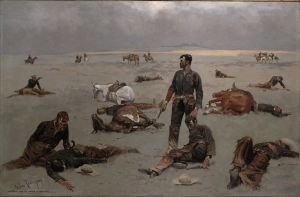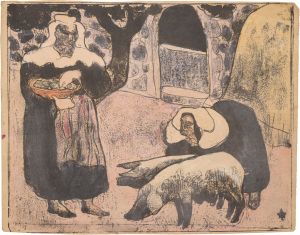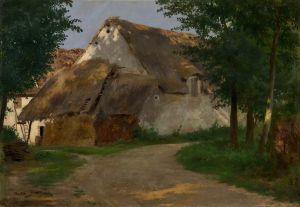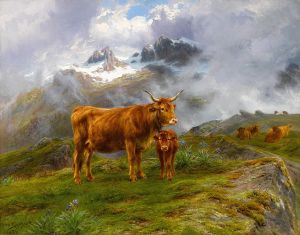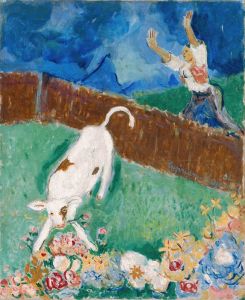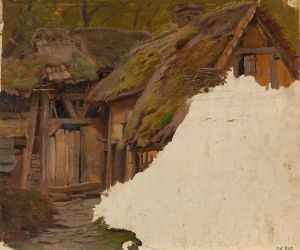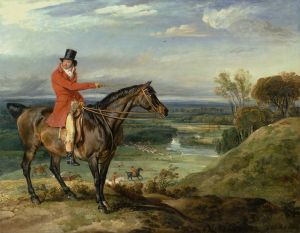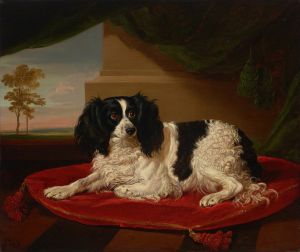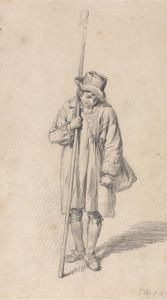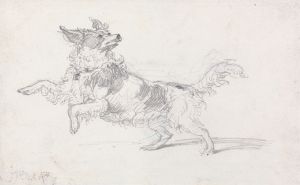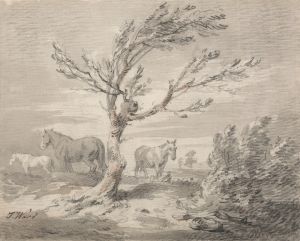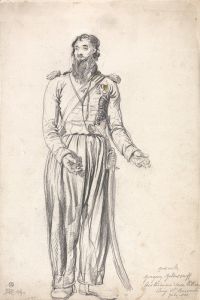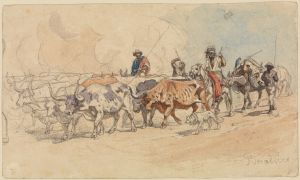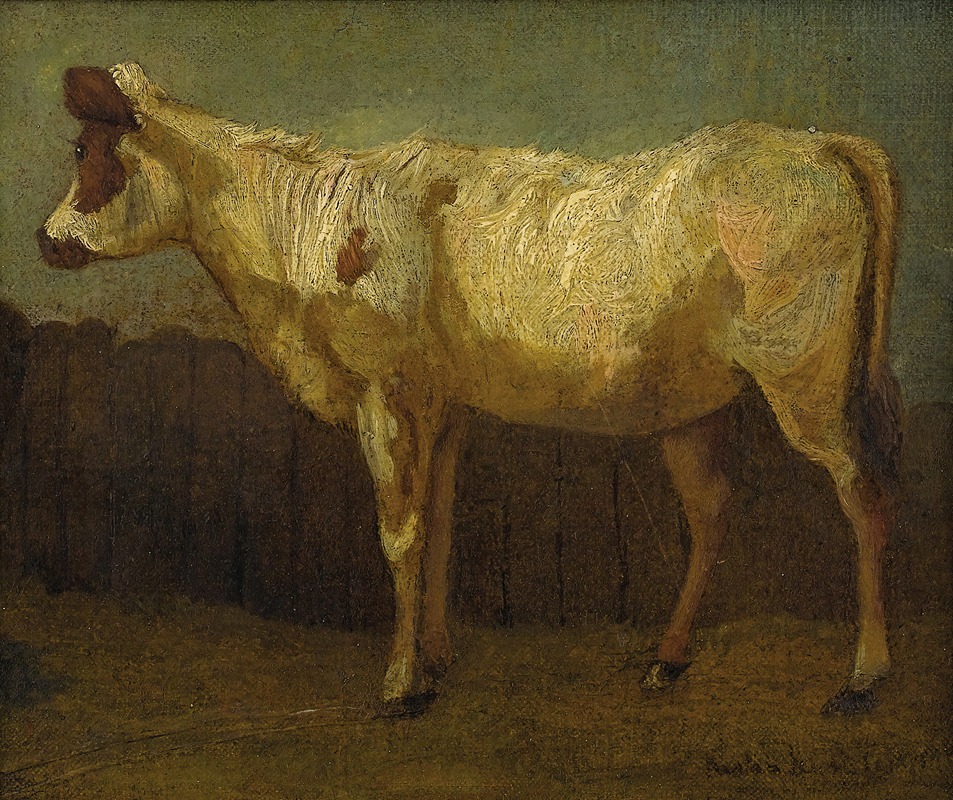
Portrait of a Cow
A hand-painted replica of James Ward’s masterpiece Portrait of a Cow, meticulously crafted by professional artists to capture the true essence of the original. Each piece is created with museum-quality canvas and rare mineral pigments, carefully painted by experienced artists with delicate brushstrokes and rich, layered colors to perfectly recreate the texture of the original artwork. Unlike machine-printed reproductions, this hand-painted version brings the painting to life, infused with the artist’s emotions and skill in every stroke. Whether for personal collection or home decoration, it instantly elevates the artistic atmosphere of any space.
James Ward's "Portrait of a Cow" is a notable example of early 19th-century British animal painting, reflecting the artist's exceptional ability to capture the essence and character of his subjects. James Ward (1769–1859) was an English painter renowned for his animal portraits and landscapes, and he played a significant role in the development of animal painting as a respected genre in British art.
Ward was born in London and initially trained as an engraver under his brother William Ward, who was a well-known mezzotint engraver. James Ward's early exposure to engraving and his brother's influence helped him develop a keen eye for detail, which later became evident in his paintings. He eventually transitioned to painting, where he found his true calling and gained recognition for his ability to depict animals with remarkable realism and vitality.
"Portrait of a Cow" is one of Ward's many works that showcase his skill in portraying livestock, a subject that was both popular and commercially viable during his time. The painting exemplifies Ward's meticulous attention to detail and his deep understanding of animal anatomy. His ability to render the texture of the cow's hide, the play of light on its body, and the serene expression in its eyes demonstrates his mastery of the medium.
Ward's interest in animal painting was influenced by the broader context of the Romantic movement, which emphasized the beauty and power of nature. During this period, there was a growing appreciation for rural life and the natural world, and artists like Ward sought to capture these themes in their work. His paintings often celebrated the nobility and dignity of animals, elevating them beyond mere agricultural subjects to symbols of the pastoral ideal.
In addition to his technical prowess, Ward's work was informed by his association with the Royal Academy, where he exhibited regularly. His contributions to the Academy helped to elevate the status of animal painting within the British art scene. Ward's paintings were well-received by both critics and the public, and he was appointed as a Royal Academician in 1811, further cementing his reputation as a leading artist of his time.
"Portrait of a Cow" is representative of Ward's broader oeuvre, which includes a wide range of animal subjects, from horses and cattle to exotic wildlife. His work not only captured the physical likeness of these creatures but also conveyed their individual personalities and the environments they inhabited. This approach resonated with contemporary audiences and contributed to the enduring appeal of his paintings.
While specific details about the provenance or current location of "Portrait of a Cow" may not be widely documented, the painting remains an important part of Ward's legacy. His influence can be seen in the work of later animal painters and in the continued appreciation for animal portraiture in art.
Overall, James Ward's "Portrait of a Cow" is a testament to his skill as an artist and his ability to imbue his subjects with life and character. His work continues to be celebrated for its technical excellence and its contribution to the genre of animal painting in British art history.





